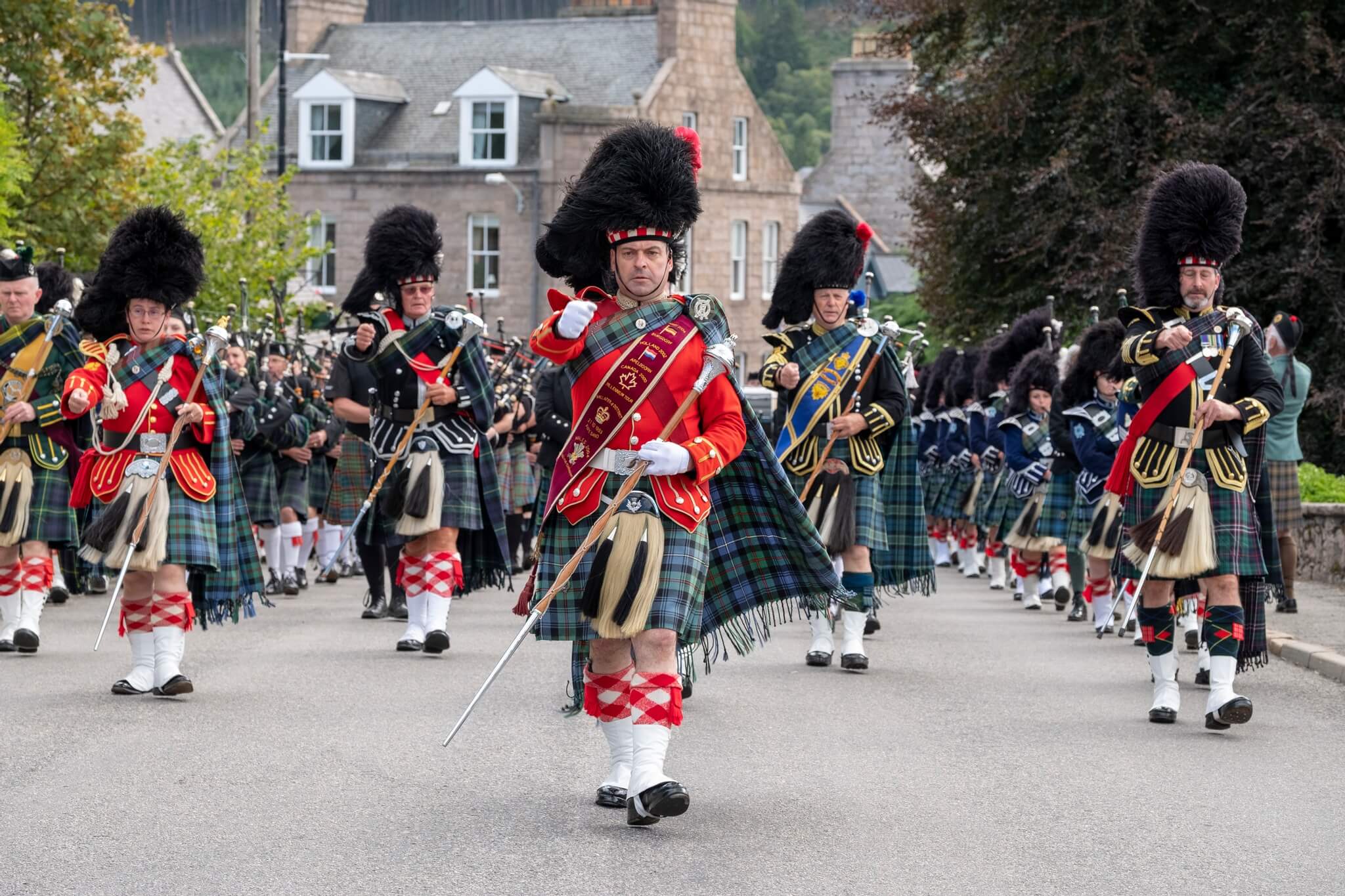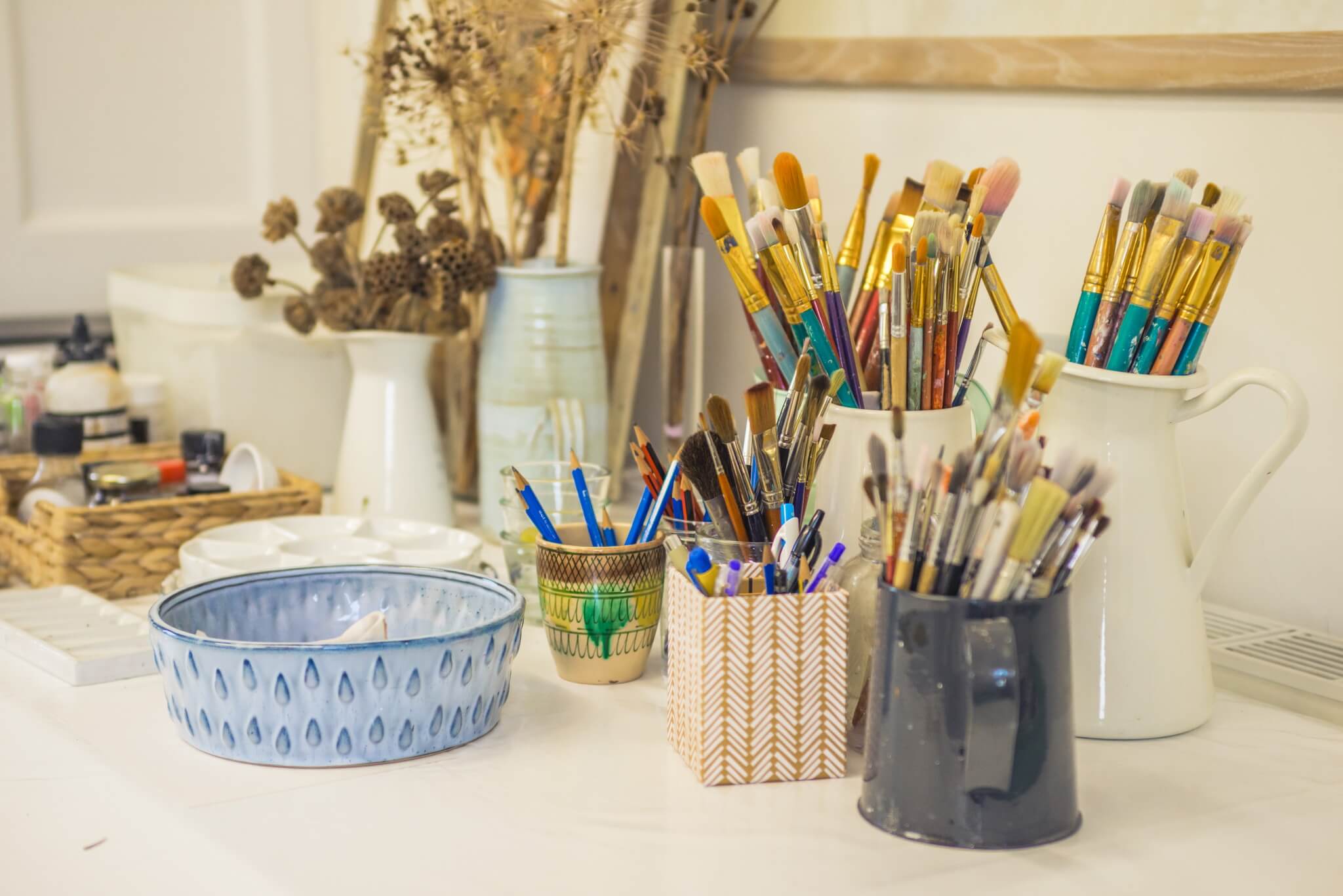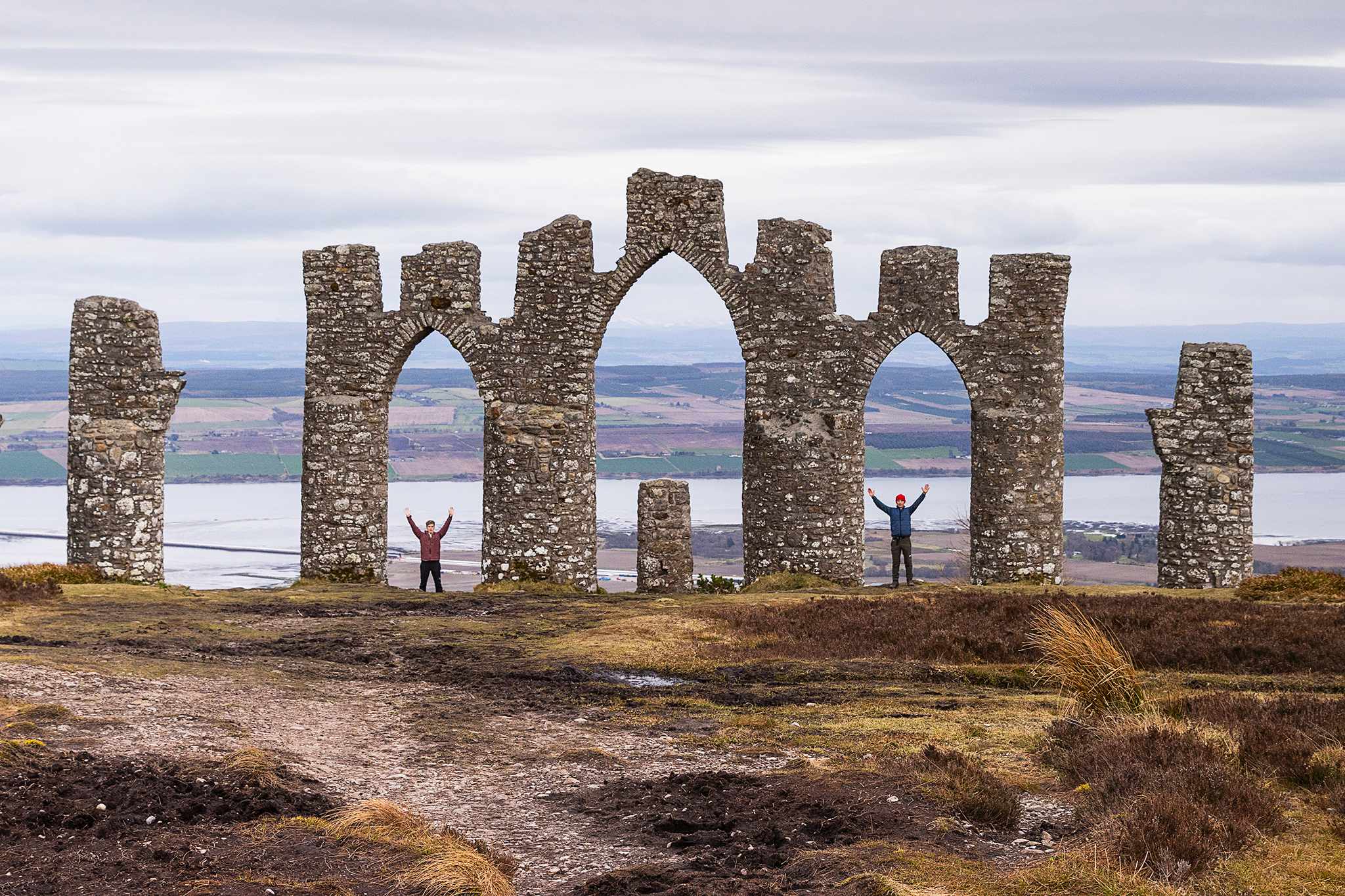Tartan today
But tartan isn’t just about the past; it continues to weave its story across Scotland and the globe.
It has always been at the forefront of modernity – the first ever colour photo was of a tartan ribbon and it’s even travelled to space!
Tartan is just as easily found on a high fashion runway as part of school uniforms. In more recent years, some of the world’s biggest names in fashion have gravitated towards this fabric for its bold look and history of rebellion, from Chanel and Dior to Vivienne Westwood and Alexander McQueen.
Its uncanny ability to express tradition or undermine it – sometimes even at the same time – means it’s been powerfully adopted by causes and groups to represent their values and social conscience. It has connected LGBTQ+ communities with a shared identity, a tartan design was registered to represent the climate change summit COP26, and it’s been used to raise awareness of MND in honour of the legendary rugby player, Doddie Weir. There’s even a Homeless tartan – 20% of all sales of this fabric go to the charity Shelter Scotland.
From the poor to the rich, the franchised to the disenfranchised, tartan is a fabulously diverse, playful and complex material for everybody.



